ADOPTION
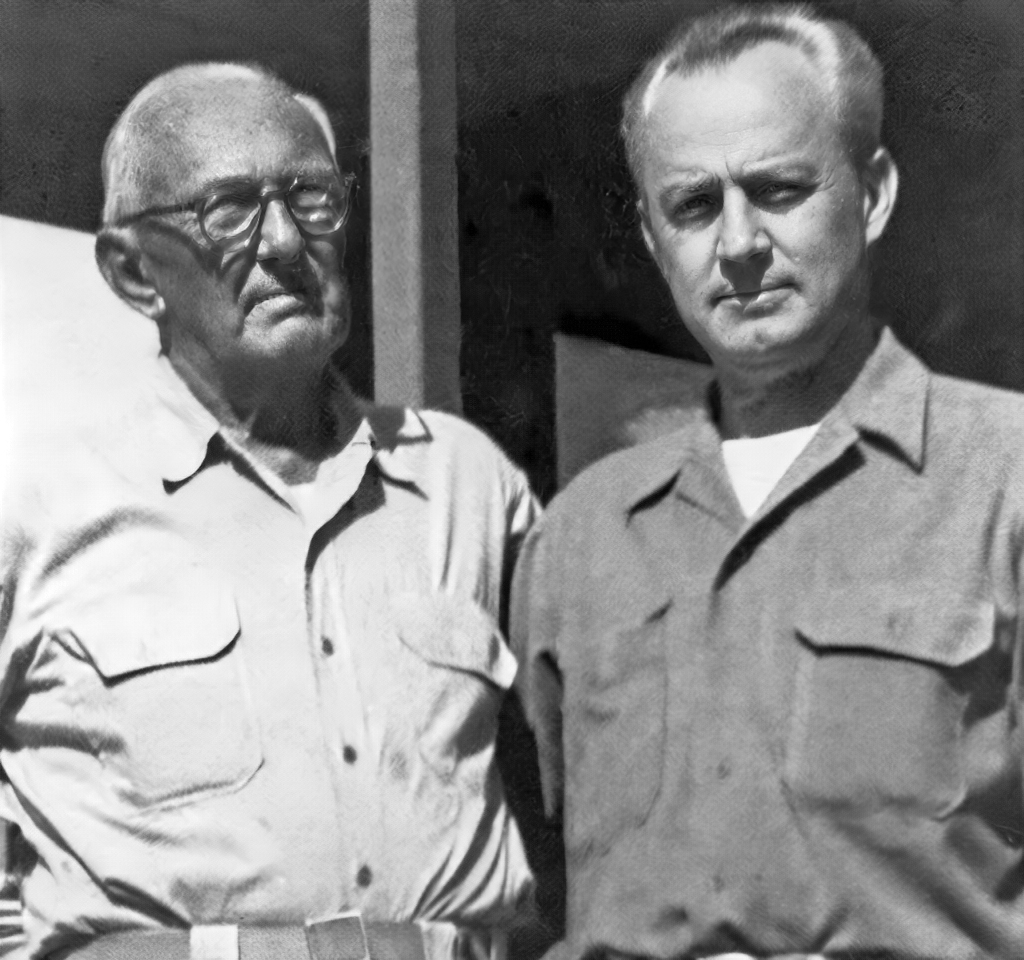
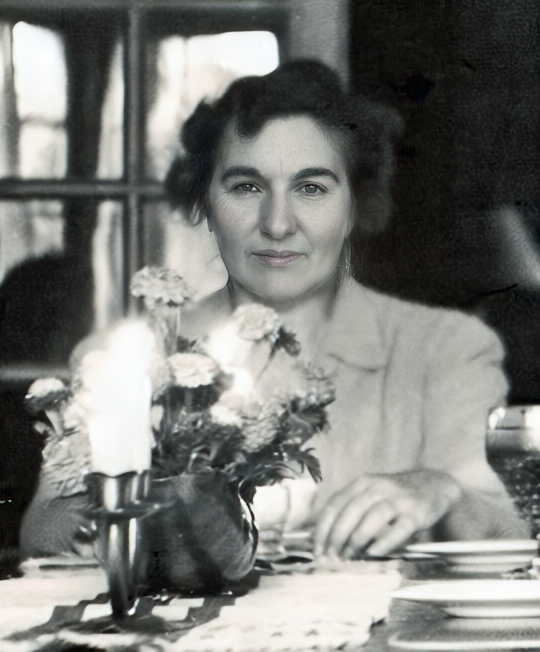
There are two versions of how Mel was introduced to Montague Lord. The first was told to me by my father. According to him, he was introduced by C.M. Bishop to Montague after one of the local theater performances in which he was involved. The other version appears in the Travis biography as a contribution by his wife, Carmen. According to her, Montague visited the Estelle Thayer home with his friend Sally Bush, who was Estelle’s sister. Mel and Montague briefly spoke with each other at Estelle’s home, and afterward, Montague asked Mel to meet his sister, Elizabeth Lord, at her home at 545 Mission Street, just across the street from the Bush House in Salem. Elizabeth told her brother, “It’s about time you help a young American rather than all the Filipino ones you’ve been helping.” Montague decided to adopt Mel and Mel’s mother soon afterward. At the meeting, Margaret gave permission for Mel to change his family name from Travis to Lord.
When Montague returned to the Philippines, he asked Mel to meet him at the White House Hotel in San Francisco. After buying him proper clothes, Montague introduced Mel as his son to his San Francisco friends, among whom was future President Quezon of the Philippines. A few days later, Montague and Mel sailed to Manila on the SS Hoover on the ship’s maiden voyage. Mel was 18 years old.
LIFE IN THE PHILIPPINES
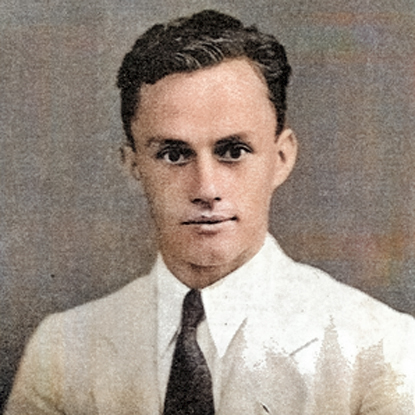
Back in 1930, when Montague arrived with Mel In the Philippines, he introduced Mel to everyone as his son. Much of his time was spent in Marikina at his father’s large estate, and he often told me about his having to mow the vast lawn with a manual push lawn mower.

One of the first things that Montague did with Mel was to take him to Hong Kong to visit an opium den. He made Mel smoke opium and feel the after-effects of confusion, constipation, dry mouth and nose, and craving for more opium. That way, he ensured that Mel would never become addicted to narcotics.
Mel attended La Salle University (DLSU), also known as La Salle and located in Malate, Manila. It is a private Catholic research university run by the De La Salle Brothers. While there, he asked for Montague’s permission to become a Catholic and, after being granted permission, he was baptized. Mel integrated religion into his life and that of his family later, but in a somewhat lax manner. For example, we attended church on Sundays when growing up but never heard any prayers at home. This attitude was probably due more to our mother’s religious indifference than to my father’s preferences. Nevertheless, Mel did avail himself of the Catholic educational system for his family throughout his life.


Life in the Montague household must have been comfortable but rather strict. Montague lacked any sense of humor, while Mel thoroughly enjoyed playing tricks and joking around. Mel told me that he was once playing chess or checkers with Montague, and when his father got up to get a drink, he moved a piece around to ensure that he would win. Afterward, he jokingly told Montague what he had done, and his father did not speak to him for two weeks.
But Mel must have been very happy to be given material security and educational opportunities by Montague. And he may have thought that Montague’s way of life was the norm in such a far-off land as the Philippines.
LEHIGH UNIVERSITY
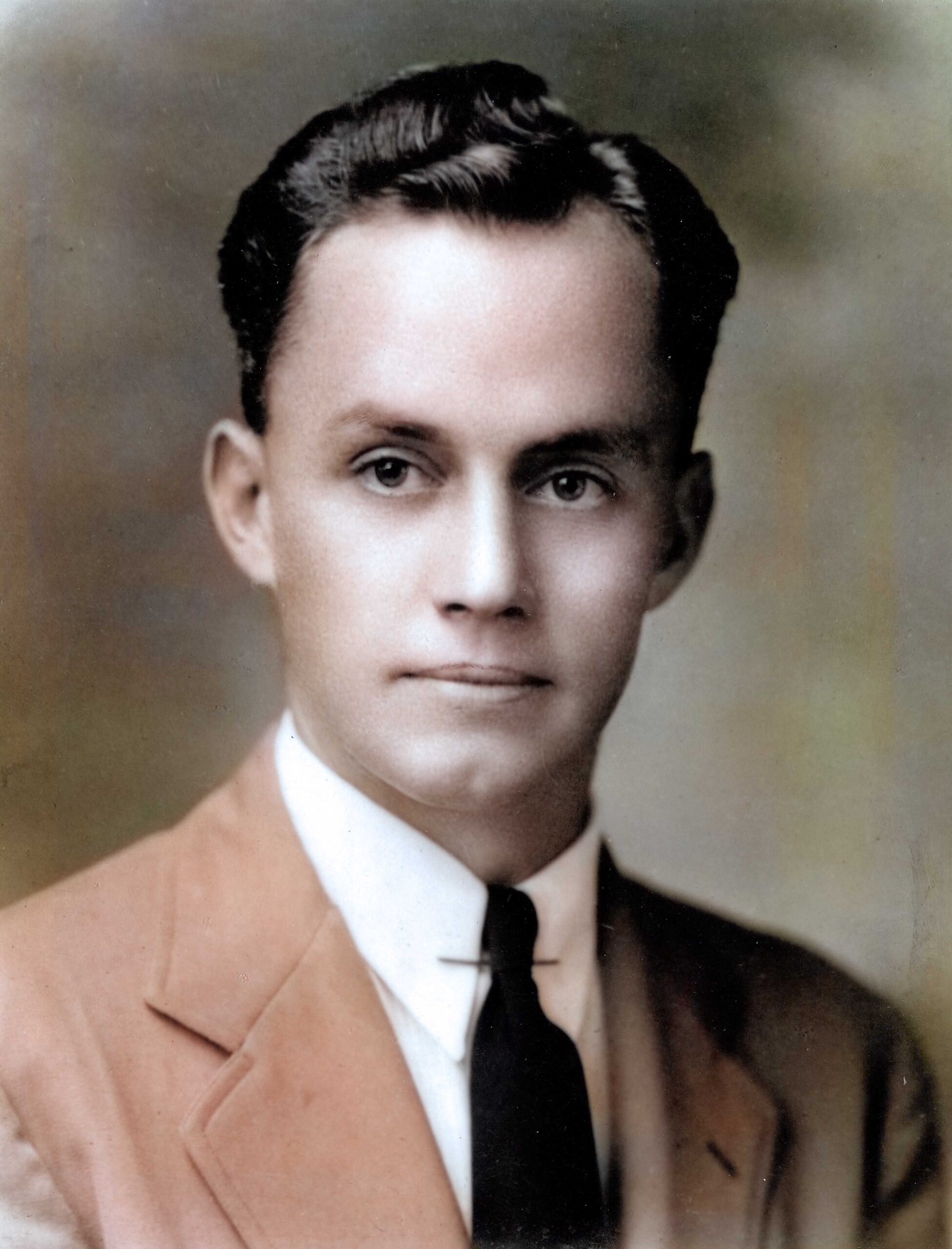
Back in the 1930s, the American university entrance process was less structured and had less standardized testing systems than today. The prospective student sent a letter of intent with their high school grades and, depending on those grades and the school attended, the college or university either accepted or rejected the applicant. In Mel’s case, there was the added factor of distance and mail delays. So, when Mel applied to some colleges in the United States, not all of them received his application in time to be considered for the upcoming school year. The one that did receive the application in a timely manner and successfully processed it was Lehigh University in Bethlehem, Pennsylvania.
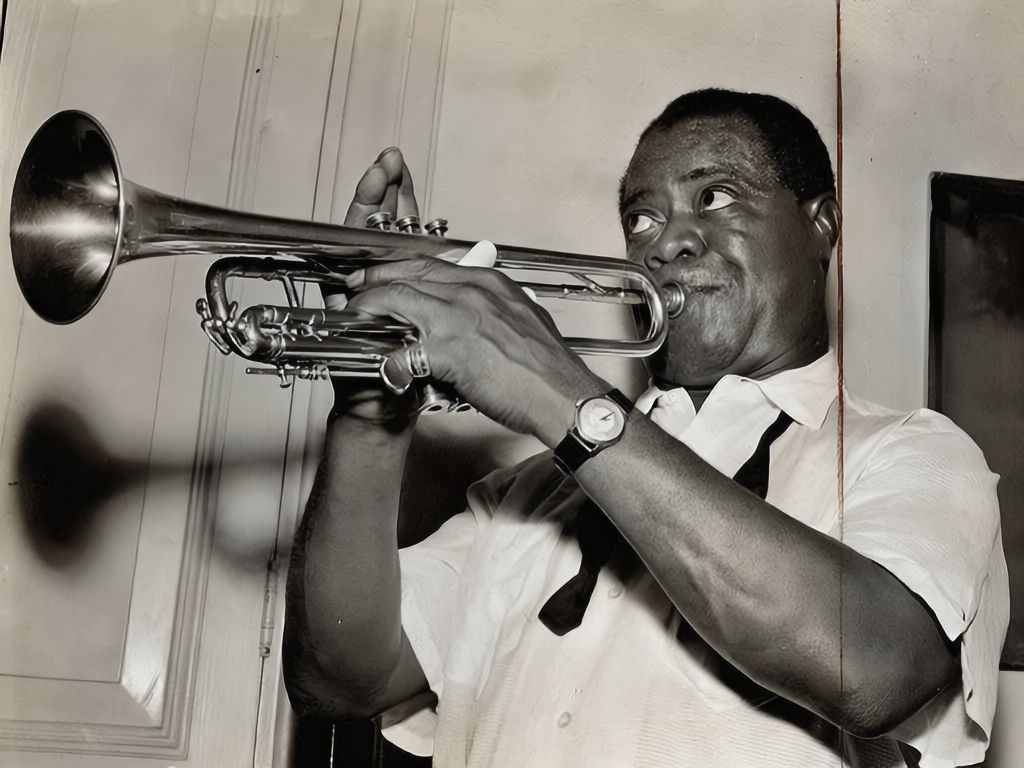
At Lehigh University, Mel studied chemical engineering in the College of Engineering and Applied Sciences. He trained in a division of project engineers in which students covered all aspects of engineering. While there, he became a member of the university’s Greco-American Wrestling Team. The college had made significant contributions to the nation and the field of engineering, including graduates who helped to build the Panama Canal, invent the escalator, and construct the Golden Gate Bridge. So, the college prepared its students with practical uses of engineering that served Mel well after he graduated.
In 1938, he became president of the Lehigh Union. He also visited the Grand Canyon in 1935. He wrote about his trip in The Lehigh Review of 14 November 1935 in an article called ‘The Grand Canyon’ (available as ‘Grand Canyon by Melvin Lord.pdf’ separate from this biography).
He became a member of the Reserve Officers’ Training Corps (ROTC), as I also did in college. They would practice field maneuvers in the Washington, DC area. On one occasion, to celebrate the summer, he and other cadets met Louis Armstrong, America’s most famous trumpeter, composer, vocalist, and actor, who was one of the most influential figures in jazz history. Louis, or ‘Satchmo,’ as he was known, agreed to play for Mel and the other cadets on a steamboat on the Potomac in Washington, DC.